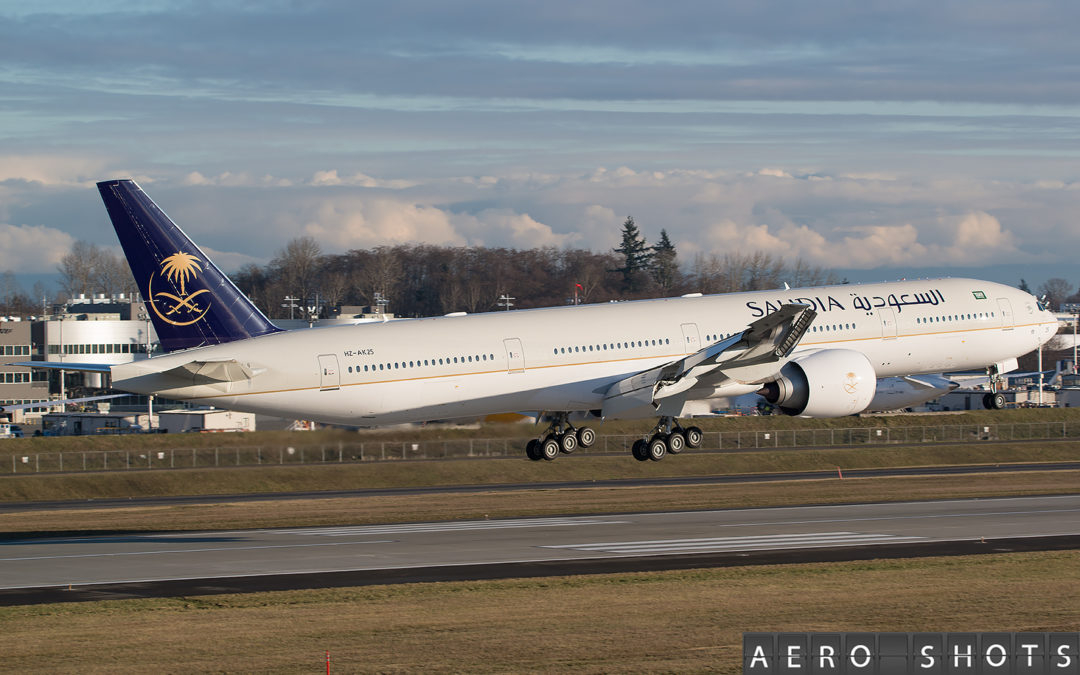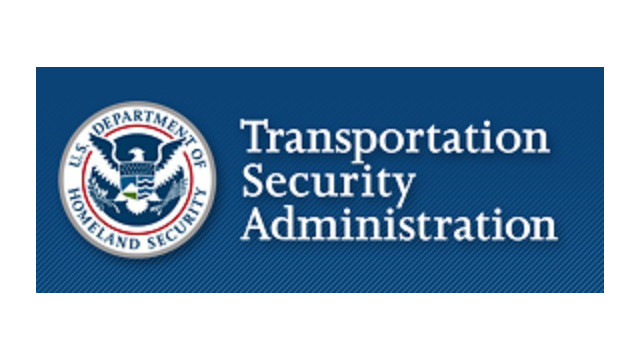
by Lufthansa Flyer | Mar 21, 2017 | Featured, On Board Experience, Passenger Experience |
In news coming out in drips this afternoon, the TSA announced that it was implementing a ban which would prevent certain electronics from being in the passenger cabin on flights originating from 8 Mid Eastern / North African countries, and specifically 10 airports within those countries (According to the AP). I’ve seen some outlets suggest that the list of countries may be as high as 13. The airlines that are affected are NOT American or European based carriers.
It appears the airlines being targeted for this ban are several Mideast and North African carriers including Royal Jordanian and Saudia. The airlines in question received confidential emails today from the TSA alerting them to the forthcoming policy change. Thus far, only Royal Jordanian and Saudia have come forward with any announcements (at least at the time that I published this post). It is thought that up to 12-15 airlines may be impacted by this ban.
The TSA has thus far been cryptic with who the 8 (or 13) countries are, or which specific airlines are affected by the ban. What is clear is that the TSA has mandated that this ban is in effect within 96 hours. This ban applies not only to the airlines serving the USA, but also to their passengers that may be transiting to the USA through connecting flights. For example, if a passenger on Saudia was flying from Riyadh to New York via Montreal, but on an Air Canada flight from ‘YUL’, they would have to check the banned devices on all carriers since their ultimate destination is the USA.
The ban specifically states that any electronic equipment larger than a Smart Phone would need to be packed with checked luggage and not brought into the cabin. From the sound of ban, it appears that larger cameras would be subject to the ban as well. The ban does not included medically necessary equipment such as oxygenators, etc.
A similar policy was in put in place temporarily in 2014 that required passengers to power up devices during security screenings to confirm that the electronics were functional. However this announcement takes it a step further, banning the larger devices from the cabin altogether.
The TSA announced that more information would be forthcoming shortly.


by Lufthansa Flyer | Mar 4, 2017 | Airports, FAA, Featured, Passenger Experience, Security, TSA |
According to an article published earlier today by Bloomberg, it appears that our friends at the TSA have revised their screening policies as it relates to ‘patting down’ passengers at security check points.
Citing a 2015 study concluding that more and more weapons are making it past screening procedures, the TSA has notified its officers to be more thorough when patting down passengers. Up until now, the TSA had 5 different approaches when it came to physical contact or screening of a passenger. With the new policy, that list of 5 has been narrowed to 1, and that ‘1’ is more comprehensive than the previous 5.
A spokesman for the TSA stated that passenger will ‘notice that the new pat-down is more involved’. The TSA also said that this will apply to airline crew. The TSA randomly screens a small number of ‘known crew’ passing through ‘crew security’, but that small percentage of crew being screened will be subject to the same new scrutiny as a passengers.
According to the article, the new strategy has been quietly rolled out in smaller airports over the past 2 weeks, and is now being rolled out to airports nationwide. No mention was made if this would affect ‘Pre Check’ or similar expedited security programs.
Turn and Cough……

by Lufthansa Flyer | Dec 9, 2014 | Airports, Featured, Travel |
A recent experience in Washington Dulles is the motivation behind me taking the time to clarify what may or may not be a well known TSA policy that has been in place for nearly a year.
Last week, when returning from Europe, I flew Austrian from Vienna to Washington Dulles where I would connect to my flight home. Before boarding the flight I browsed through the Duty Free shopping area in Vienna and came across a rare Scotch Whisky that I wanted (needed!) to add to my collection. Knowing that the duty free liquid policy had changed, I had no reservations about bringing the bottle home.
However, a certain airline’s (not LH group mind you!) ground staffer wanted to ‘educate’ me on her interpretation of the policy.
After claiming my checked bag at IAD and bringing it to the connecting flight bag drop off, I was carrying my duty free purchase separately from my bags which caused this staffer to step in front of me. She was insisting that I need to go back to my luggage and put my duty free STEB inside. I told her that the TSA rules have changed and as long as the bag is sealed, bringing the liquid through security is not a problem. She insisted that I did not know the rules better than an airline and brought me over to a chart that shows the 3-1-1 rule regarding liquids. The chart made no reference to any other TSA policy. Anyhow, I continued to present my argument to her until I finally decided to thank her for her time and walked past, and almost through, her. She was quite a Pit Bull and relentless but she finally gave up the pursuit since other passengers were in the area and needed her ‘expertise’…..good luck to the passengers!
Anyway, I go to the TSA screening check point, let them know that I have a duty free liquid in excess of the 3 oz rule. At that point they took the bag from me, inspected the seal, reviewed the receipt, confirmed that the liquid was OK and I was on my way. I had a good laugh with the TSA agent when I told her about my experience with the Airline staffer. The TSA agent told me that the sign that airline staffers are using are at least 5 years old and are out of date. I suspect that explains it…..its nice to see an airline keep their employees in the dark when it comes to policies affecting passengers.
So, without further drama from my experience, here is a summary of what is allowed under the current TSA rules as it relates to duty free liquids and connecting flights within the USA.
On or about January 31, 2014 the TSA decided to relax their policy as it relates to bringing liquids aboard aircraft. The amendment to this policy dealt specifically with the treatment of liquids (including Alcohol, Perfume, etc) that were purchased in Duty Free shops at foreign airports and aboard aircraft with duty free sales that land in the USA.
Prior to the policy change, passengers who bought duty free liquids in excess of the TSA’s 3 ounce rule, had to place these items into checked bags if they were connecting to onward flights within the USA; otherwise they would not be allowed passed security screen points.
With the amendment to the policy earlier this year, Passengers who are connecting to onward flights within the USA after arriving from an international origin CAN in fact bring aboard their duty free liquid purchases to intra-USA flights if they meet the following criteria:
1. The item is purchased at an official Duty Free outlet in an airport or bought aboard an aircraft providing duty free shopping. If the airline can not seal your duty free purchase when you purchase it aboard the aircraft, it is not eligible and must be checked.
AND
2. The item is placed in a secured, tamper evident bag (STEB) along with the original receipt. The receipt MUST BE in the bag. Here is an example of the STEB:

AND
3. The liquid and its container MUST BE transparent. In other words, creams or heavily tinted bottles are not allowed. Place your hand on the back of your container, if you can see it your item is OK, if not, you’ll have to check the item or leave it behind. It is OK for the item to be in a box, as the TSA will remove it from the box and inspect the bottle.
AND
4. The duty free purchase must have been made during the previous 24 hours (this according to TSA staffer I chatted with at IAD).
Caveat: The TSA reserves the right to prevent the liquid from passing through screening even though it qualifies under the rule. Extenuating circumstances and heightened security can sometimes trump this policy.
When you bring a ‘qualifying’ duty free purchase to a TSA check point, here is what will happen:
After placing your duty free item in the container on the belt, alert the TSA that you are transporting Duty Free liquids. At that point the TSA will take the item from you and scan it separately. This includes opening the STEB, visually inspecting your item, and rescanning it. Then, they will place the item back into the STEB and seal it with a special TSA security tape. At that point, you’ll be cleared and on your merry way!






